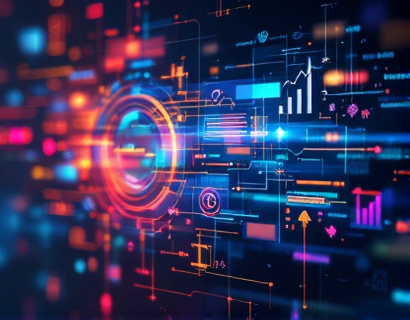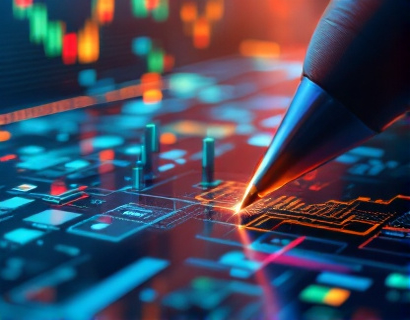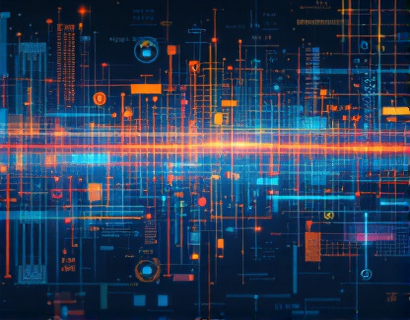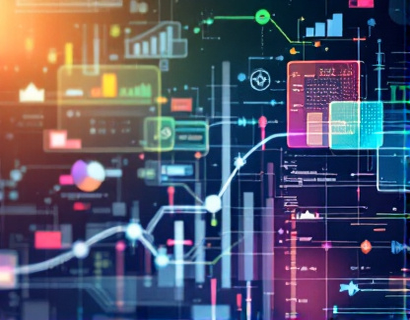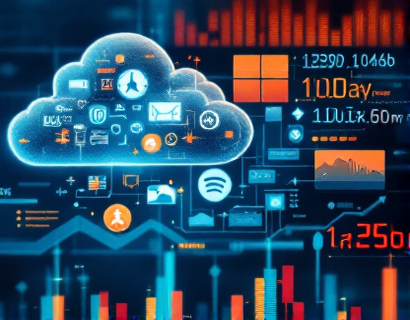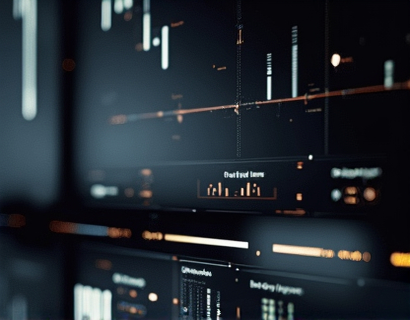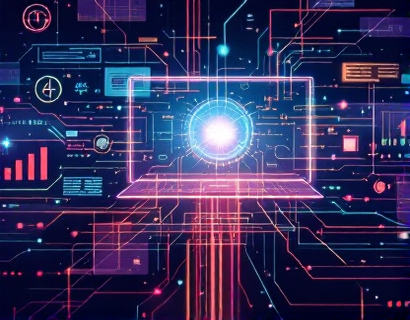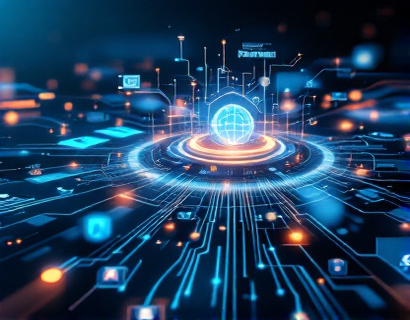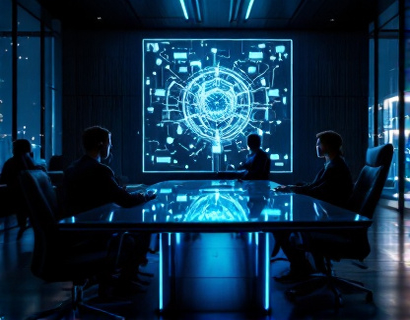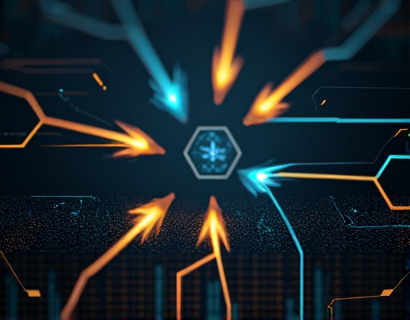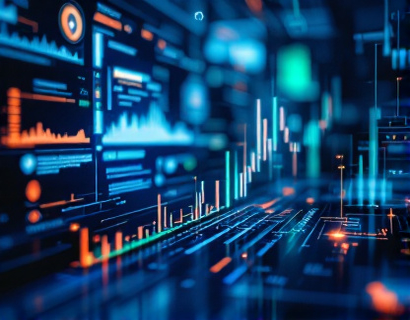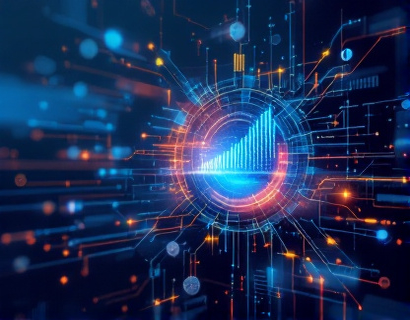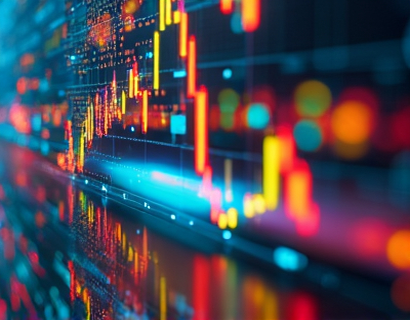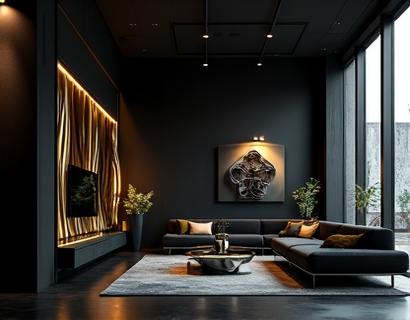Blockchain for Art: Revolutionizing the Preservation and Tracking of Historical Artifacts with Decentralized Solutions
Blockchain technology, originally designed for cryptocurrencies, has found a novel application in the art world, transforming the way historical artifacts and artworks are tracked, authenticated, and owned. This decentralized ledger system offers a secure, transparent, and immutable record of provenance, which is crucial for the art market and cultural heritage preservation. By leveraging blockchain, the art world can ensure the authenticity of pieces, streamline ownership transitions, and foster trust among collectors, museums, and cultural institutions.
The traditional art market has long struggled with issues of authenticity and provenance. Artworks can be easily forged, and their histories can be obscured or altered over time. This lack of transparency can lead to fraud, misattribution, and the illegal trade of cultural artifacts. Blockchain technology addresses these challenges by providing a tamper-proof record of an artwork's history, from its creation to its current ownership. Each transaction, from the artist to the collector, is recorded on the blockchain, creating an unalterable chain of custody.
One of the key benefits of using blockchain in the art world is the enhancement of authenticity verification. Artists, galleries, and collectors can upload detailed information about a piece, including creation date, materials used, and any relevant certificates of authenticity. This data is stored on the blockchain, making it accessible to anyone with the appropriate permissions. The immutable nature of blockchain ensures that once information is recorded, it cannot be altered or deleted, providing a reliable reference for authenticity.
Provenance is another critical aspect of art ownership and collection. Blockchain provides a comprehensive and transparent record of an artwork's ownership history. Each transfer of ownership is timestamped and linked to the previous owner, creating a clear and verifiable lineage. This transparency helps prevent the circulation of fake artworks and ensures that collectors and museums are purchasing genuine pieces. For instance, a blockchain-based platform can show that a painting has been in the same family for generations, or that it has been exhibited in prestigious museums worldwide.
The use of blockchain in art also facilitates secure and efficient ownership transitions. Traditional methods of transferring ownership, such as paper certificates and physical handovers, are prone to errors and fraud. Blockchain simplifies this process by automating the transfer through smart contracts. A smart contract is a self-executing contract with the terms of the agreement directly written into code. When the conditions of the sale are met, such as payment confirmation, the ownership is automatically transferred on the blockchain. This reduces the need for intermediaries, lowers transaction costs, and speeds up the process.
For museums and cultural institutions, blockchain offers a robust solution for managing their collections. These institutions often deal with a vast number of artifacts, each with its own complex provenance. Blockchain can help museums create a digital twin of their collection, where each item is represented by a unique digital token on the blockchain. This token contains all relevant information about the artifact, including its history, condition, and any conservation efforts. Such a system not only enhances the management and tracking of collections but also provides a valuable resource for researchers and the public.
Moreover, blockchain can aid in the preservation of cultural heritage by ensuring that artifacts are not lost or destroyed. In regions prone to conflict or natural disasters, blockchain can serve as a digital safe, storing information about cultural artifacts and their locations. This data can be accessed by international organizations and local authorities to facilitate the recovery and protection of heritage sites. For example, during the conflict in Syria, blockchain could have been used to record and track the movement of artifacts, helping to prevent their illegal sale and ensuring their eventual return to their rightful places.
The integration of blockchain with other technologies, such as the Internet of Things (IoT) and artificial intelligence (AI), further enhances its potential in the art world. IoT devices can monitor the environmental conditions of stored artifacts, sending alerts if conditions deviate from optimal levels. This data can be recorded on the blockchain, creating a comprehensive record of an artifact's environment over time. AI can analyze this data to predict potential issues and suggest preventive measures, ensuring the long-term preservation of cultural treasures.
For collectors, blockchain provides a new level of security and peace of mind. Owning a piece of art comes with the responsibility of ensuring its authenticity and maintaining its value. Blockchain-based platforms can offer verified certificates of authenticity, reducing the risk of purchasing a forgery. These platforms can also provide a history of the artwork's market value, helping collectors make informed decisions and track the appreciation or depreciation of their assets. This transparency and traceability are particularly valuable in a market where the value of art can fluctuate significantly.
Furthermore, blockchain can democratize access to art and cultural heritage. Traditional art markets are often dominated by a few powerful players, making it difficult for emerging artists and smaller collectors to participate. Blockchain platforms can create more inclusive ecosystems where artists can directly sell their work to collectors, bypassing traditional galleries and intermediaries. This direct connection not only benefits artists by ensuring they receive fair compensation but also allows collectors to discover and support new talent.
The adoption of blockchain in the art world is not without challenges. One of the primary hurdles is the need for widespread education and understanding of blockchain technology among artists, collectors, and institutions. Many in the art community may be unfamiliar with the technical aspects of blockchain, making it essential to provide clear and accessible resources. Additionally, the scalability and interoperability of blockchain platforms are critical for their success in a global and diverse art market. Collaboration between technology providers, art institutions, and regulatory bodies will be key to overcoming these challenges.
Despite these challenges, the potential benefits of blockchain in the art world are significant. By providing a secure, transparent, and immutable record of provenance and ownership, blockchain can revolutionize the way we preserve, track, and value cultural artifacts. It offers a decentralized solution that empowers all stakeholders, from artists to collectors to cultural institutions, to participate in a more trustworthy and efficient art market. As the technology continues to evolve, its integration into the art world will likely become increasingly seamless, paving the way for a new era of art and heritage management.




